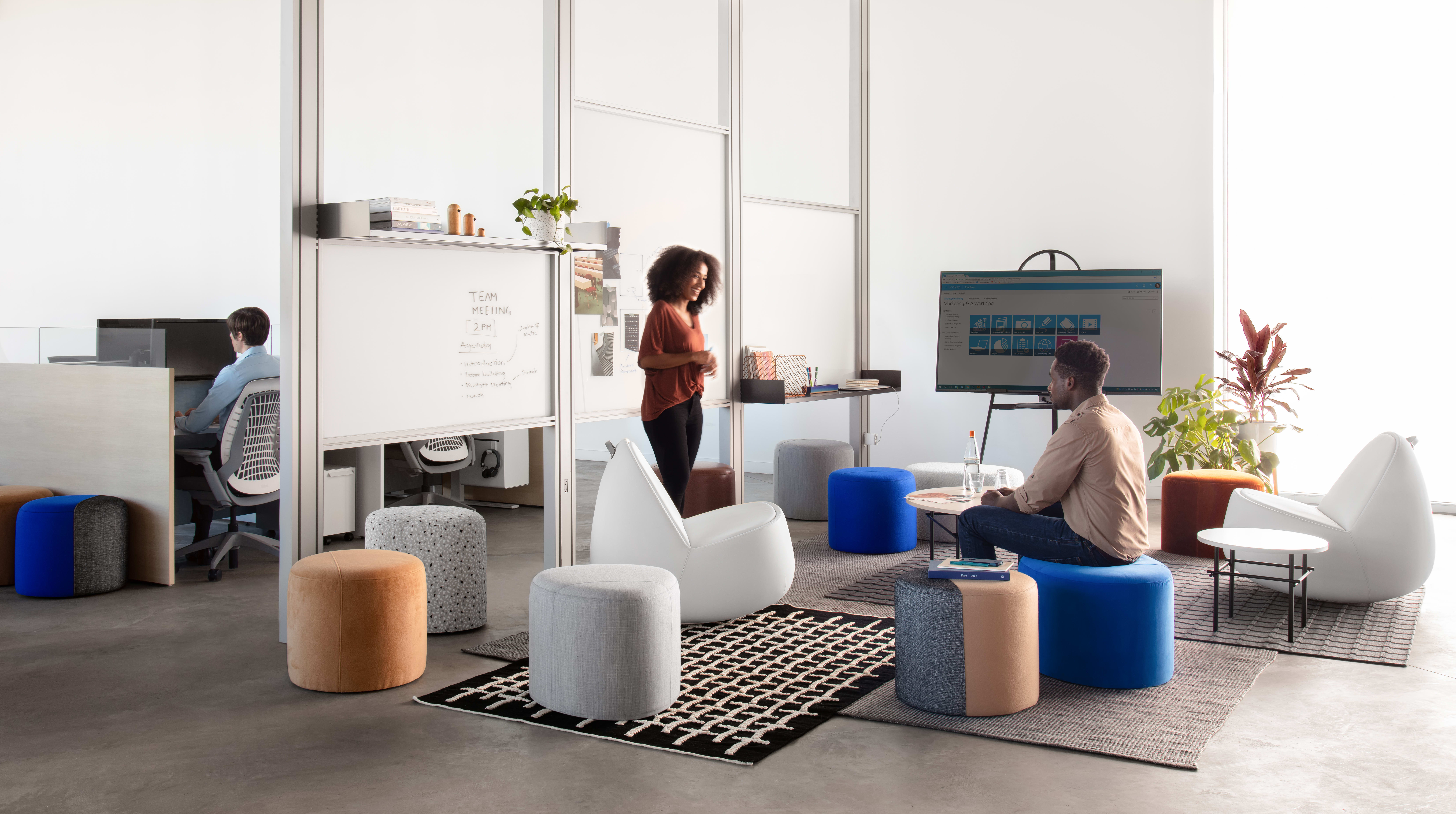This is the fifth in a series of six posts about social cohesion, an emerging idea about organizational success that could determine the future of workplaces. You can read the introduction to social cohesion here, about evaluating social cohesion in your organization here, and about the first two critical dimensions of social cohesion here and here.
Jeff Leitner: About 10 years ago, I launched a project in which I’d invite really experienced strategists, scientists, artists, and other intimidating people to tackle social problems. We’d get together for one day to work with a prominent organization, like NASA, TED, or the U.S. State Department. And nobody — not me and not anybody I invited — got paid.
So when the project started showing up in people’s bios and on their LinkedIn pages, I was confused. They participated for a single day and were paid nothing. But there it was, alongside their already impressive credentials. I didn’t understand until I started digging into social cohesion.
As we’ve discussed, social cohesion is the key to everything your organization cares about, including productivity, performance, motivation, engagement, learning, and dealing with stress. It has four critical dimensions. The first two are fairness and authenticity, which we addressed in previous posts.
The third dimension is partnership, which is the degree to which employees in your organization are interdependent. The enigmatic basketball coach Phil Jackson said it this way, “The strength of the team is each individual member. The strength of each member is the team.” The six key attributes of partnership are:
- Receptivity: Do employees really listen and take in each others’ ideas or just nod and do what they were going to do anyway?
- Reciprocity: Do employees naturally share ideas, efforts, resources with each other or hoard and keep score?
- Frankness: Are employees candid and straightforward with each other or are they playing office politics?
- Shared Obligation: Do employees believe that they should have each other’s backs or believe it’s every person for themselves?
- Shared Benefit: Do employees believe they succeed when everyone succeeds or believe success in your organization is a zero-sum game?
- Psychological Safety: Do employees believe they can speak up or fear they’ll be mocked or degraded?
When we create the right environment — like I did accidentally with those one-day, no-pay projects — people bond to the organization, the work, and each other. When we don’t, it gives rise to all sorts of problematic unwritten rules like:
- Be sure to talk about how busy you are.
- Act like you know what you're talking about.
- We want your creative contributions, but not too much.
- Just do it yourself.
I wish unwritten rules like these were unfamiliar, but I’m willing to bet you have encountered them somewhere along the way. I absolutely have. But it doesn’t have to be this way. There are ways to increase partnership in organizations. Here are two:
- Make the work a stretch. Too many people are checked out at work and watching the clock because the work they do isn’t challenging. Challenging isn’t bad; it’s what keeps us engaged and pushes us to work in partnership with others. It’s what makes time fly and makes us feel good at the end of the day.
- Make the work meaningful. This isn’t a platitude. Sadly, too many people in too many organization spend too much time doing stupid stuff. By stupid stuff, I mean tasks that don’t serve clients or customers and don’t really serve the organization. If you’ve seen the movie Office Space, I’m talking about TPS reports. You need to strip away as much of this meaningless work as possible to keep employees engaged and in partnership.
Human beings are naturally social creatures, biologically inclined to work together to get complex tasks done. Among the things that suppress our natural drive towards partnership is rote, meaningless work.
Jan Johnson: Knowledge work is a team sport. Workplace strategists and designers came to understand this a while ago and have been transitioning away from the emphasis on individual space. Remember when private offices and workstations were 80% of the floorplan?
We need to keep pushing forward. Even though half the average employee’s day is spent in solo work, the other half is spent interacting and collaborating with coworkers. For example, the increasingly popular agile development process relies on teams toggling back and forth between precise, linear work done individually and highly ambiguous work done collaboratively. That means we need to incorporate the space and tools they need, like forms of visual persistence to map their processes and capture progress, priorities, and next steps.
Teams might require tech-rich spaces (and platforms like Trello) that support scrum-like sessions that let others see the work in progress; or project rooms that support cross-functional, months-long projects. These forms of team expression and transparency also tick the authenticity dimension of social cohesion — if this isn’t used to micro-manage teams.
Returning to Jeff’s basketball reference, socially cohesive teams know what plays they’re running and what each player’s doing. When we explore teams’ unwritten rules, we understand how they work and design more relevant spaces.
In our next article, we’ll talk about belonging, the last of four critical dimensions of social cohesion, and what it could mean for workplace design.
To join Jeff and Jan for a presentation on social cohesion and the potential of workplace design, write Jan Johnson at JohnsonJan@allsteeloffice.com. If you want a head start, you can take the social cohesion assessment here. You can also learn more about the subjects they’re covering in this series here.
Jeff Leitner is a social innovator and theorist. He is founder and lead researcher at Unwritten Labs, a fellow at New America, and former innovator in residence at the University of Southern California. Jan Johnson is a workplace strategist and designer. She is vice president of workplace strategy at Allsteel, former chair of the Council for Interior Design Accreditation and teaches the three MCR.w classes for CoreNet Global.






